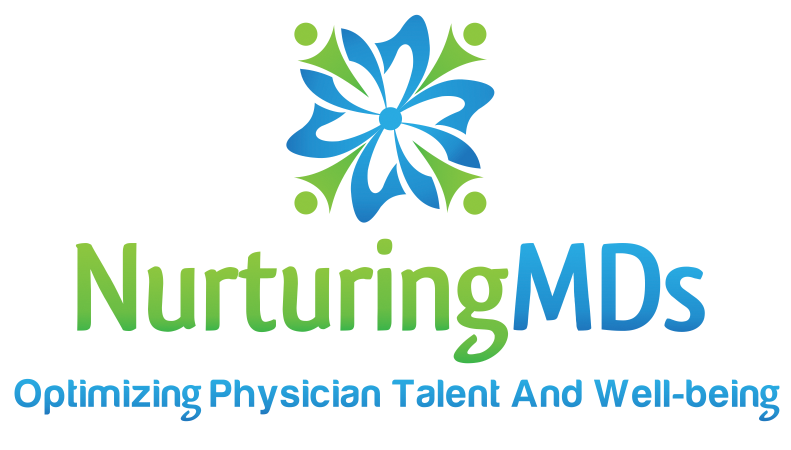Good patient rapport benefits patients and their doctors by maintaining open communication. The same technology that allows patients to have online access to medical information is the very technology that can be a barrier to engaging with patients. In patient care areas doctors and nurses are tied to computer screens that allow them to access patient history, radiology and lab tests, and document the patient encounter. Medical professionals have to now make conscious efforts to look up from the computer screen, establish eye contact and engage with patients and their families. In this era of Patient and Family Centered Care, patient engagement starts with your bedside manner.
Breathing Life Into Your Bedside Manner In 5 Steps
1. Patients are accessing care from all parts of the world and speak different languages. Plan to use a translator from the beginning of the interaction to ensure the patient is an active participant and understands the information. This tells the patient that the doctor, nurse, or practitioner cares about them. It is also a more efficient use of time. Often we try to communicate with patients who speak another language without using a translator only to hit a wall in the communication. Then we enlist the assistance of the translator and have to begin the conversation from the beginning.
2. Set the stage by introducing yourself to the patient and family. Clearly state how you are there to help them. This is an often overlooked step. Patients interact with many personnel during their doctor’s visit or hospital stay. Knowing who you are and how you are integral to their care minimizes confusion and builds trust. At the end of your conversation with a patient repeat your name and title. Remind them of your availability should additional questions arise.
3. Before discussing medical information, obtain the patient’s consent to speak openly in front of family members. Begin by asking the patient or in the case of pediatric patients, the parents, what they understand about the medical condition and treatment plan. Avoid assuming that the patient understands the medical information that had been previously discussed. Allowing the patient to quickly summarize what they understand before providing new information, results, or updates gives the doctor the opportunity to fill in any gaps.
4. When updating the patient or obtaining informed consent, offer to answer any clarifying questions the patient may have. Here is another opportunity for the patient to summarize the updated information or the reason for the procedure or test in his or her own words. If they can clearly explain it to the doctor, then they have some level of understanding. They can probably explain it to their family and loved ones as well.
5. Be mindful that nonverbal signs and body language are forms of communication. Consider what your body language says to your patients. Are you in a hurry? Or, does your body language tell the patient that you are singularly focused on them?
Patients want their doctors and healthcare providers to see them as individual people with unique needs. They want to connect with the people delivering their care. A good bedside manner builds trust. It is a vital skill for doctors, nurses, and practitioners to continually develop with each patient encounter.



